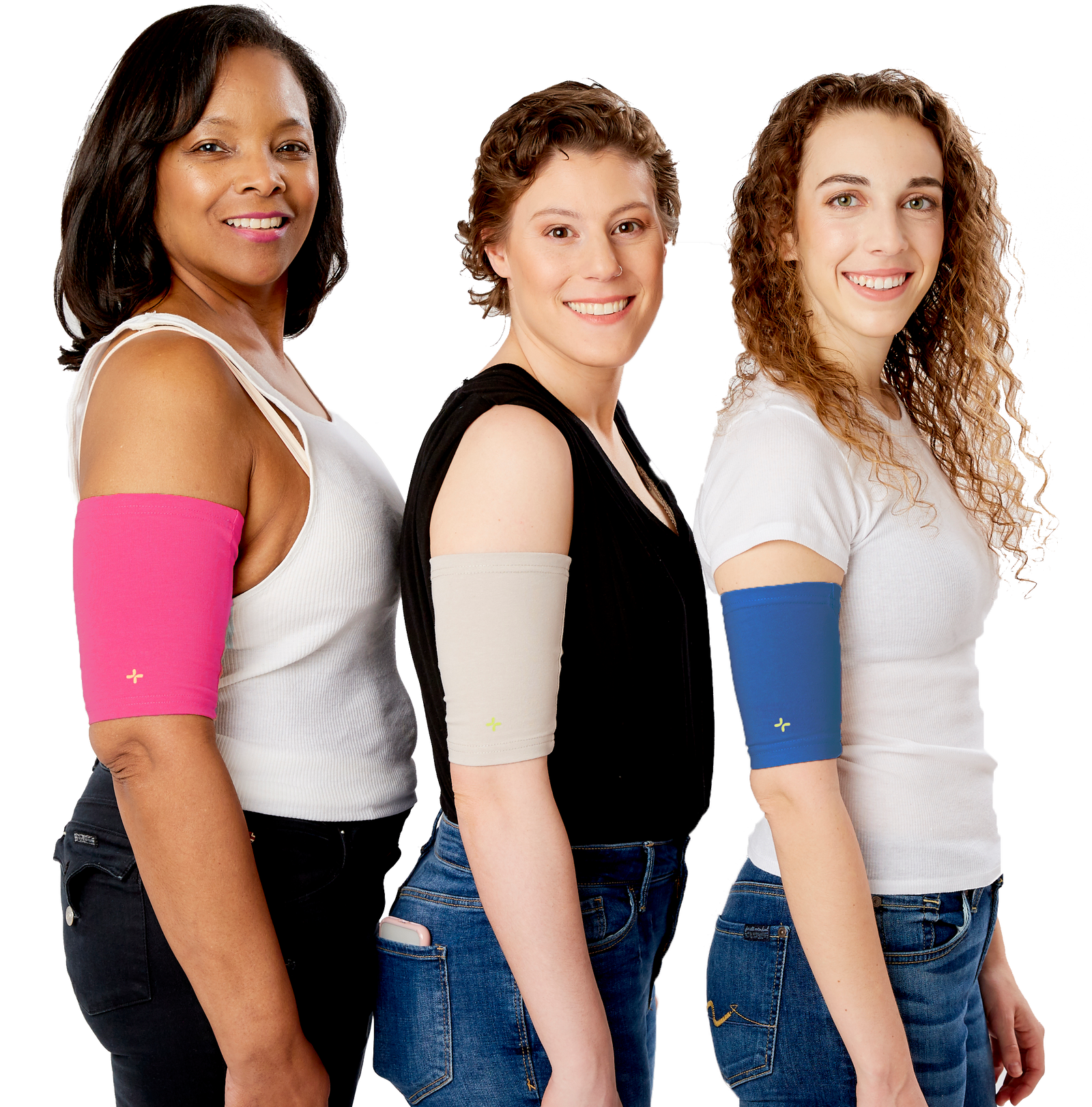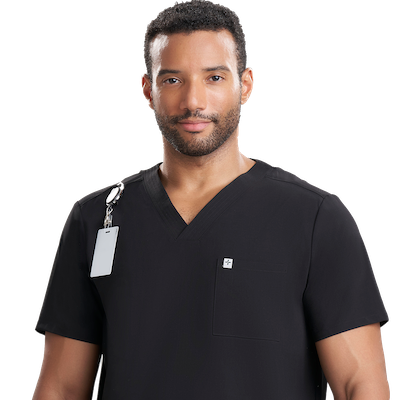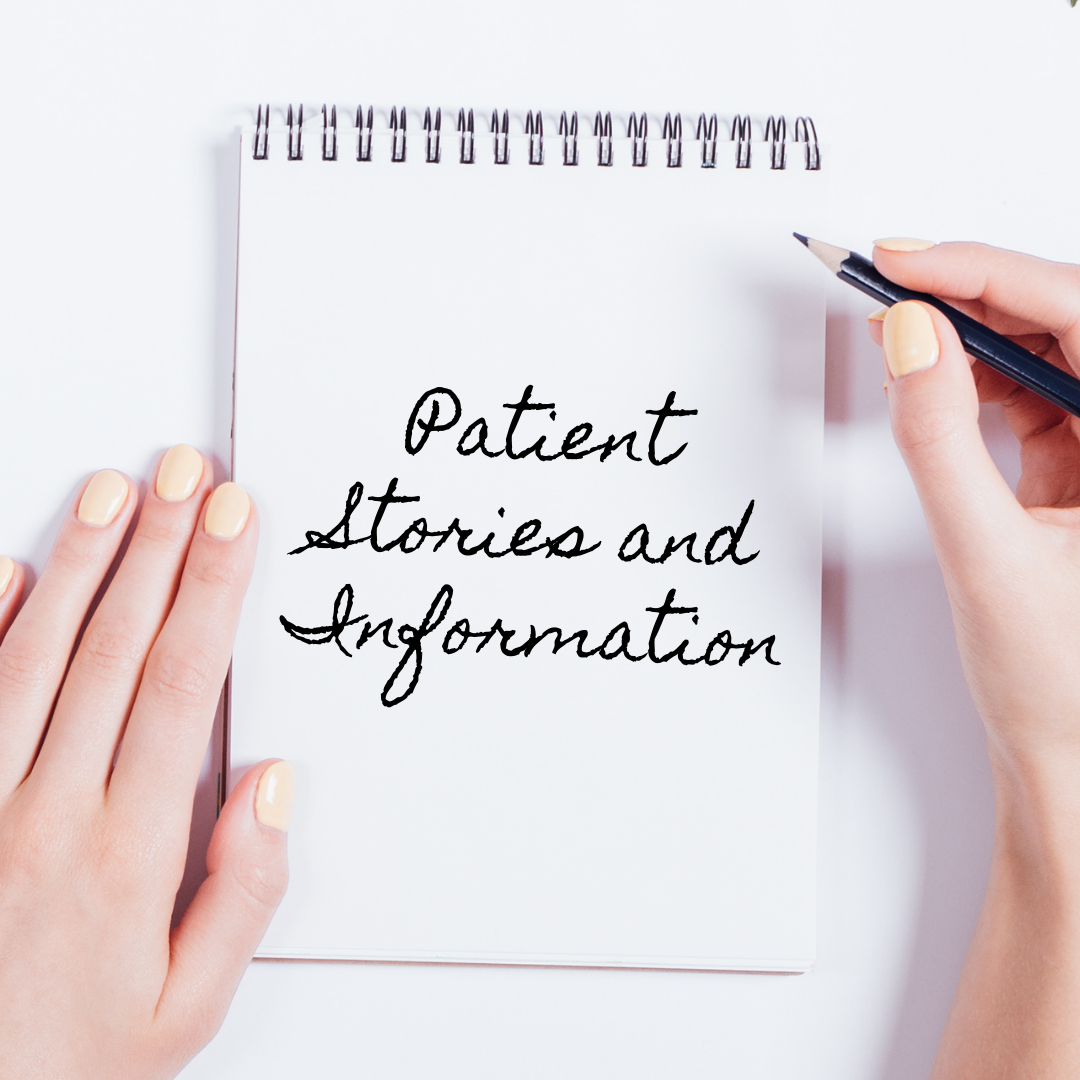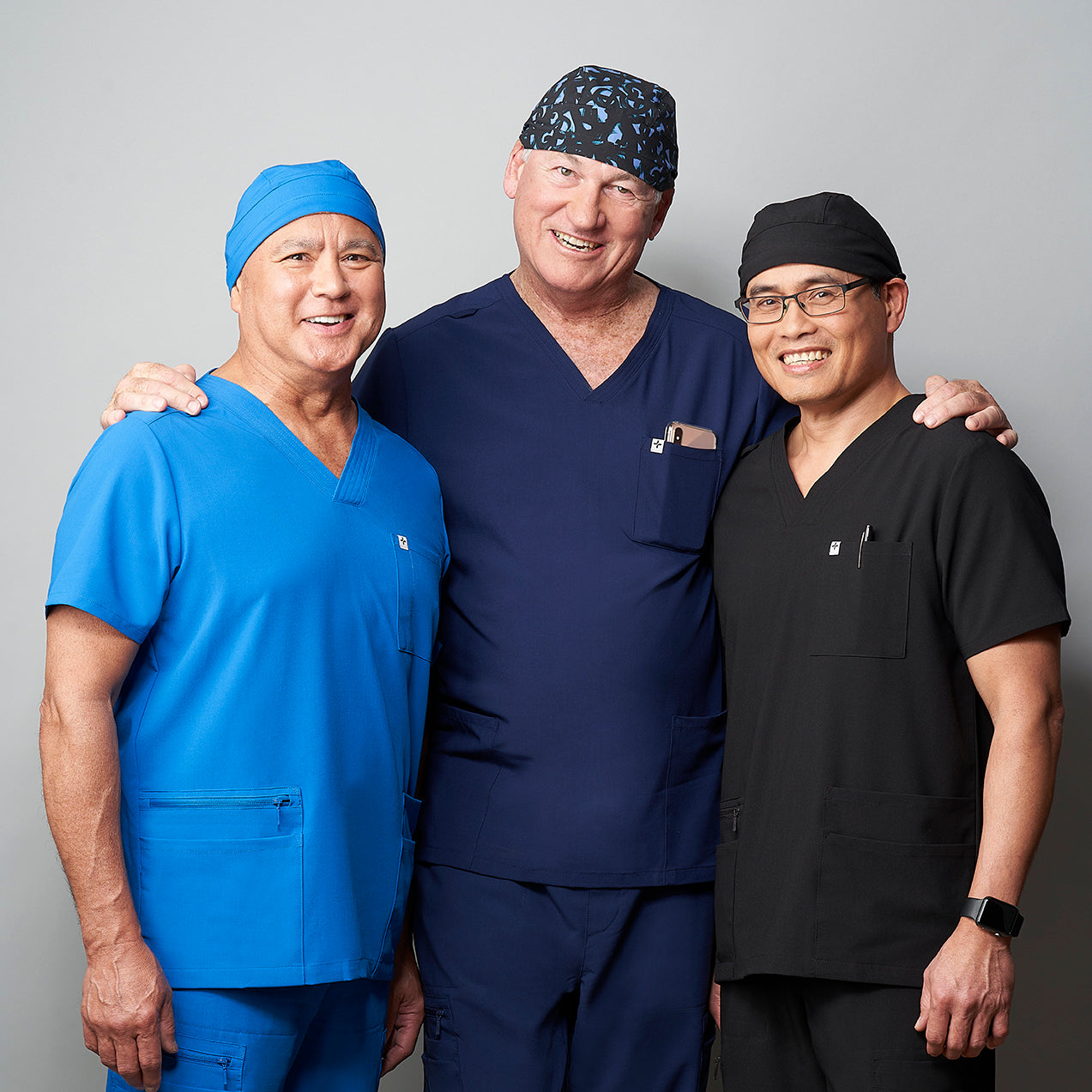Amanda Kelly shares the story of her PICC Line and her fight against Non-Hodgkin's Lymphoma.
A cancer diagnosis is devastating and overwhelming enough on its own. But then – sometimes with very little time to process – you’re thrown into the whirlwind of this bizarre new reality. There’s scans, biopsies, consultations, and some serious reality checks. You will need chemo (or surgery, or radiation, or a combination of all of the above). You will very likely lose your hair. If you’re of reproductive age – depending on the drugs in your regimen and your course of treatment – you may face infertility afterward. Oh, and by the way, you’ll have wires in your arm throughout, which will stay inserted for several months. And you can’t get them wet, ever.
Very quickly, your life gets flipped upside down. With one word – cancer – life as you know it is completely altered.
Great, so instead of chilling at the beach and traveling with my friends this summer, I’m a prisoner of the hospital and the wires in my arm. I’m basically going to be a bald female Frankenstein for the next few months. Awesome.
At the age of 30, that’s what it felt like. My own cancer journey began with a scan that showed a growth the size of a grapefruit in my chest. It was compressing my left breathing apparatus and my heart, and my left lung was precariously close to collapsing – at least that explained why, although typically healthy, athletic and active, I was getting winded after climbing a flight of stairs. I’d been struggling with a never-ending cough, persistent colds, fatigue, and chest pain. I couldn’t lie on my back or my left side. One night I was in so much pain and discomfort, I had to fall asleep folded forward over a pillow resting on my lap. Convinced I had a pulmonary embolism after self-diagnosing through extensive online symptom searching the next morning, I’d called my doctor saying I needed a CT scan that afternoon. Impossible, the receptionist said. You need insurance approval for that. I persisted, and after an X-Ray, I was approved for a scan and did, in fact, receive one that afternoon.
A PET scan confirmed activity, and a subsequent needle biopsy confirmed Primary Mediastinal Non-Hodgkin’s B-Cell Lymphoma. It was rare, it was aggressive, and it would require an aggressive course of chemotherapy. Over the subsequent four months or so, I would first freeze my eggs as a precautionary protection, then undergo 600 hours of chemotherapy, consisting of six rounds of 100 hours each, every three weeks.
After the stressful diagnostic process and intense poking and prodding of the multiple nightly fertility injections and daily blood work for nearly two weeks, getting the PICC inserted at the start of chemo round one was almost a relief. Gone was the need for uncomfortable IV lines, done the necessity of piercing my skin for regular blood work. I have always hated injections, and never responded well to them. Throughout my life I’d had numerous dizzy spells from receiving vaccines, and more serious vasovagal (fainting) reactions after having my blood drawn, including several episodes during the diagnostic phase.
Apprehensive as I was about the minor surgery required to insert the wires into my arm, I was both grateful and excited for the relief it would provide for the duration of treatment. With daily blood work for the four to five days I was inpatient for each round, weekly follow up blood labs between treatments, and of course the continuous chemo I’d receive for 100 hours straight for each round of treatment, the minor discomfort of PICC insertion would be worth it.
It was. My arm, unfortunately, was severely bruised after PICC insertion, but the discomfort subsided and I marveled at how little I noticed when the nurses came to do the morning blood labs and the changing of the chemo bags. Were I not a light sleeper, I might have slept through it.
The bruising finally cleared up after the first couple of rounds, and I attempted to do some extremely light yoga to ease some of the stiffness of extensive bed rest and uncomfortable hospital beds. An active yogi and certified instructor, I was getting antsy. I knew to be careful – doctors recommend putting no more than 10 pounds of pressure on your arm. So I did a little cat-cow, and very gently eased my body into down-dog, careful to place the majority of my weight in my feet and left arm so as not to irritate the PICC in my right. It felt wonderful and my arm seemed fine, but the next morning the skin around the wires was red and inflamed. My home nurse admonished me to just chill. Within a couple days, the inflammation subsided. Down dog was officially out for the remainder of treatment.
Then around midday the day before my scheduled admittance for my third round, I began to feel light-headed. I laid down and ate some food, thinking perhaps I just needed a little sustenance. I felt chills coming on, but after eating something I felt better. But the chills returned, and I took my temperature. Fever. I called my doctor, and he told me to go to the ER. When you’re in the middle of treatment, you don’t mess around with fevers. The thermometer read just over 100F before I left the house. Admittance to the ER was swift but that night the department was packed. They put me on a bed in the hallway and hooked me up to fluids. The nurse took my temperature. I immediately began to feel better and relaxed in spite of the chaotic surroundings.
Soon, the attending, the head of the ER, a nurse, and a couple interns came over. Apparently my fever had spiked to 103 – an impressive fever in the words of the doctor, who wondered how I looked so chirpy in spite of medical evidence suggesting I should feel otherwise. They admitted me to the oncology unit that night, however treatment could not begin until my fever had fully subsided – and not until they got down to the bottom of the infection, which was determined the following day to be bacterial. Unfortunately, it took three full days of spiking fevers, chills and rigors, extra blood work and poking and prodding, and a lot of frustration and discomfort on my end to confirm the source of my infection: the PICC. Finally they removed it and I was told I would need to have a new one inserted the following morning.
Once again, I was slightly apprehensive about the procedure, but by this point I knew the drill. The medical technician this time was different, as was the PICC itself. It still had purple wires, which I appreciated as it’s my favorite color, but different ends, and apparently this was the new, improved version, which, yes, had been available when I received my first. I can only wonder why I didn’t receive it then. And, we will never know how I got the infection in the first place. In spite of all the precautionary measures we take at home and in the hospital, infections still happen.
The new PICC was inserted just an inch from the original. As my malignant growth was located on the left side of my chest, the technician didn’t want to risk the possibility of a faulty insertion. Fortunately, this time was smooth sailing and there was no bruising at all. As before but with heightened vigilance, each day we carefully flushed the lines, and each week my nurse came to change the dressing. All summer I diligently covered and wrapped my arm in plastic each time I showered, carefully keeping it out of direct line of fire from the shower head.

But from the get-go, I knew the white mesh arm sleeve provided by the hospital would not do. Between rounds, I did not want to feel like a patient. And on the days I felt good enough to be out and about, I didn’t want to just look good – I wanted to look great. Having a medical white mesh sleeve that betrayed precisely what was underneath was not part of looking or feeling my best. I found some temporary solutions on Amazon which allowed me to get by. On those good days, I went about the business of living in my favorite outfits, my best makeup, my styled wig and, in some moments I could almost forget myself what the reality of my circumstances was.
Unfortunately, I was unaware of Care + Wear at the time, but looking back, I can see how useful having this particular cover would have been. I could have monitored my arm for infection and inflammation without constantly pulling down the covering. It’s impossible to say for sure, but this kind of cover could have even played a role in preventing the infection that landed me in the hospital for an extra five nights (nine nights total) for my third round.
Having a PICC removed (in quite literally what is a painless blink-of-an-eye) after the last round of treatment provides an immense sense freedom. But while going through treatment, having a high-quality PICC cover provides substantial freedom from worry. And with everything else a patient has to think about, this is a true gift.










Gary Brown
April 04, 2023
Thank you so much for sharing. Very honest and insightful but also encouraging. I am scheduled to start my MATRix regimen (including a PICC line) on March 7 for next several months. Blessings to you..